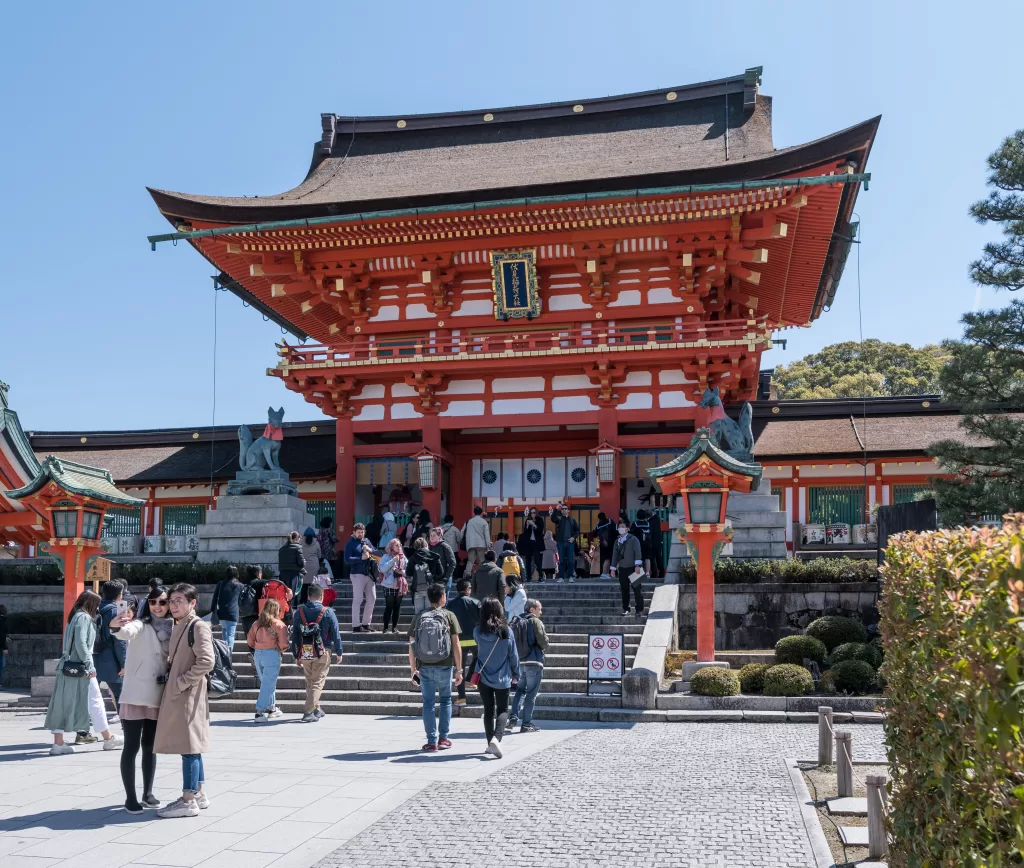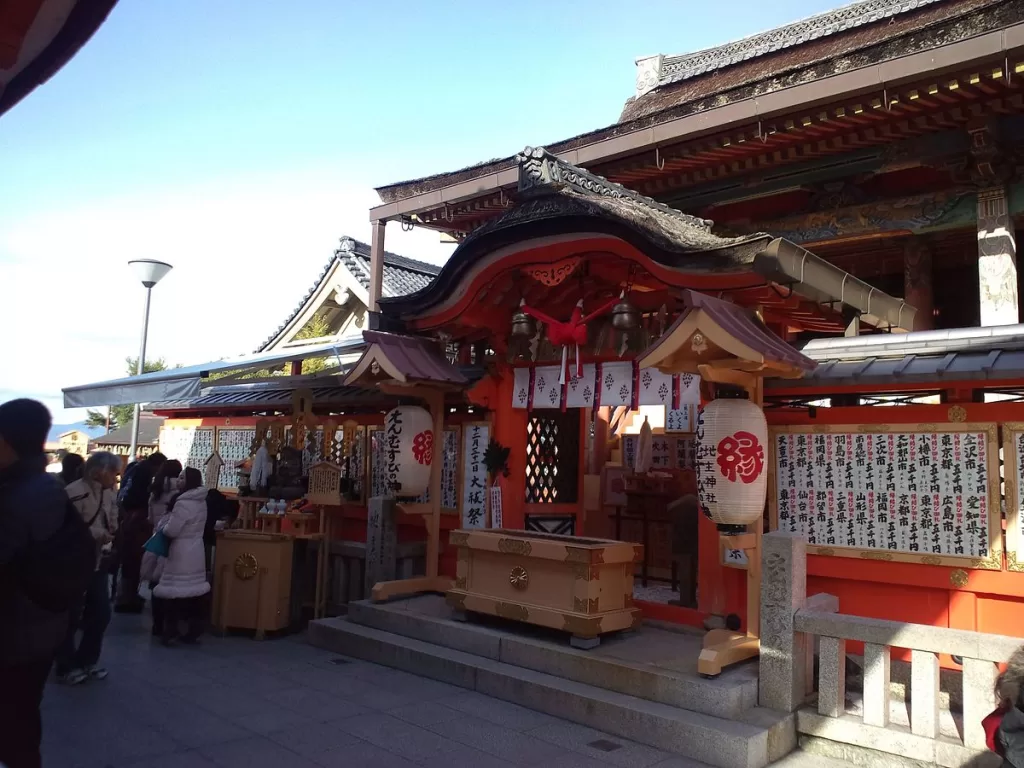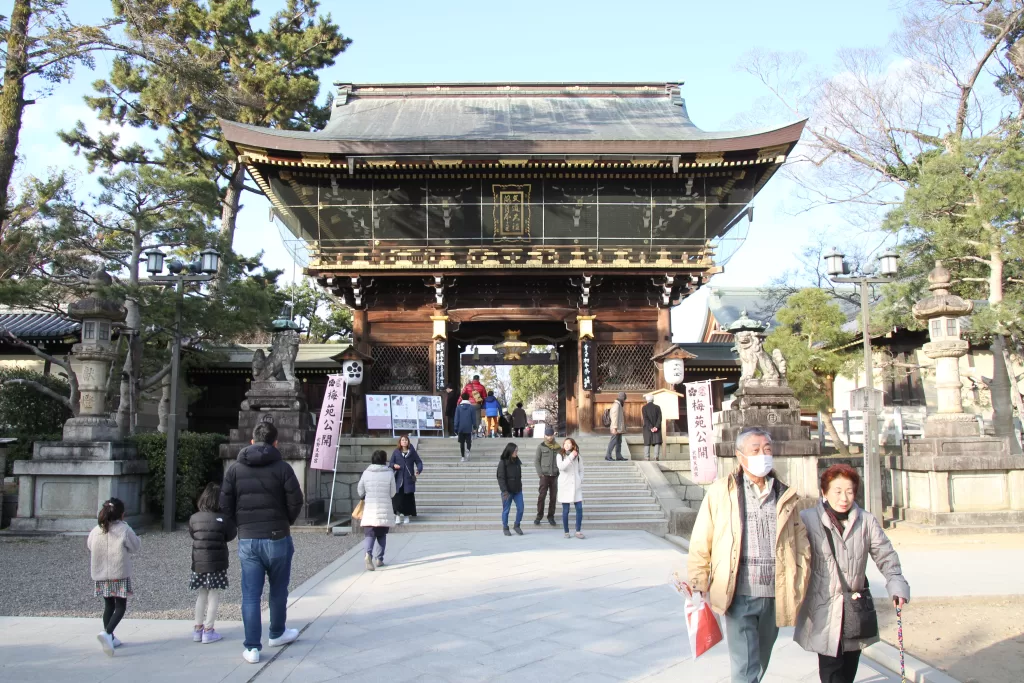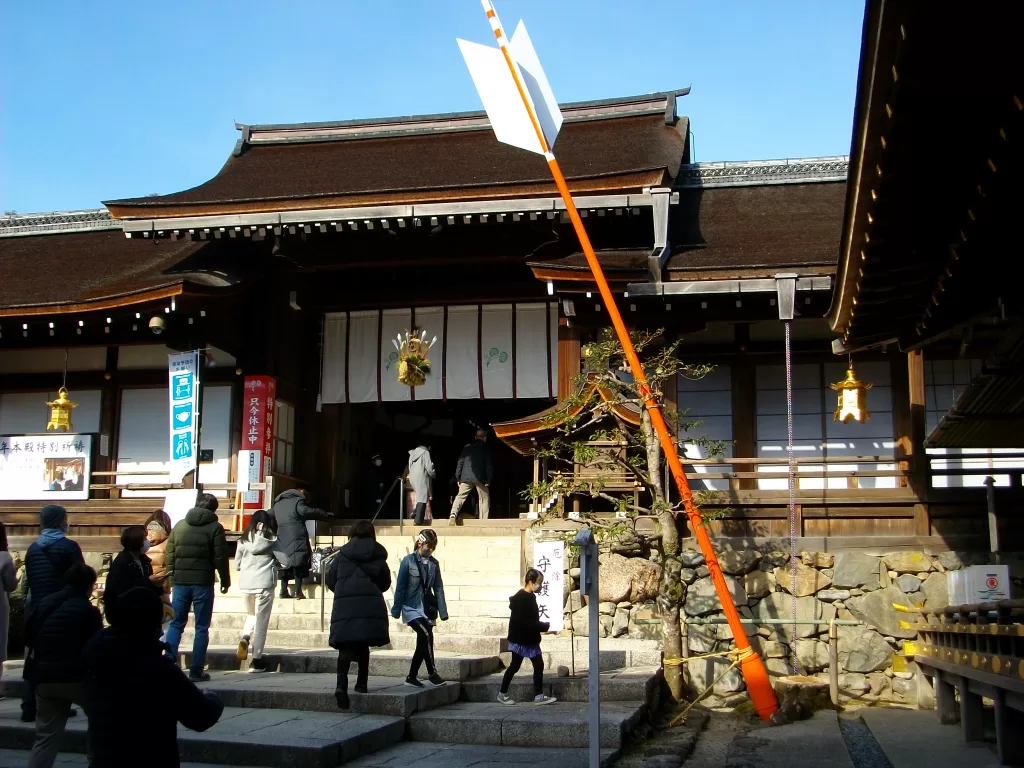Hatsumode in Kyoto: A Journey through Cultural Ritual and Tranquil Serenity

The Tradition of Hatsumode
One of the most sacred customs in Japan, Hatsumode, marks the first shrine or temple visit of the New Year. It is perceived as a customary way to welcome the year with positivity and serenity. There is no hard-stipulated date, anyone can undertake this event between New Year’s Eve and January 3rd. However, the ritual is so deeply ingrained in Japanese culture that people often line up hours in advance on New Year’s Eve to participate.
Irrespective of one’s religious disposition, people across Japan participate in this tradition, praying for good luck and blessings for the coming year. Alongside prayers for success, health, and other personal aspirations, partaking individuals also indulge in rituals associated with shrine visits during this period.
In Kyoto, known for its historical shrines flush with an aura of tranquillity, Hatsumode is a sublime experience. Temples offer small sips of Sake to visitors, and special arrow charms known as hamaya, symbols of good luck, are available for purchase during this New Year season. It’s one of the most popular Kyoto events in January.
Popular Shrines and Temples
Notable locations witnessing high footfall during the first shrine visit of the year include Fushimi Inari Taisha, Jishu Shrine, Kitano Tenmangū, Shimogamo, and Kamigamo Shrines.

Fushimi Inari Taisha
Fushimi Inari Taisha is arguably one of the most popular places to engage in Hatsumode. The serenity seeping through its ancient gates provides a unique ambiance that captures the spirit of this tradition.

Jishu Shrine
Known for its divine favor and blessings or goriyaku, Jishu Shrine attracts a significant crowd looking to attain positive blessings for their love life.

Kitano Tenmangū
Paying homage to Sugawara no Michizane – the god of academics – Kitano Temnagū is a favorite among students praying for academic prosperity in the upcoming year.

Shimogamo and Kamigamo Shrines
Shimogamo and Kamigamo shrines are two ancient Shinto shrines collectively known as Kamo shrines that draw visitors seeking spiritual connection with nature as they conduct their Hatsumode visit.
An Evocative Experience
After ringing bells at temples post midnight on December 31st to signify bringing closure to bygone adversities, people queue on January 1st to pray again for a fruitful upcoming year. This night-to-day transition – from bidding farewell to the old year with bell tolls at temples to embracing the New Year through prayers at majestic shrines – imparts an unforgettable experience replete with hope and optimism.
Partaking in Fortune-Telling
As part of their shrine visit during Hatsumode many pay ¥100 for omikuji – paper fortunes. These fortunes range from Great blessing (daikichi) all over to Great curse (daikyō), providing a fun but insightfully symbolic start to one’s New Year.
The Top Three Grand Shrines
Apart from widely known locations such as Yasaka-jinja Shrine perched atop Gion Geisha district offering splendid views – or Heian-jingu Shrine where despite its vast courtyard it becomes full with devotees – Fushimi-Inari-Taisha Shrine stands out due to its myriad tori gates making it an optimal destination amidst the other grand shrines during Hatsumode.
Hatsumode transcends being solely a traditional ritual by evolving into an exciting culture-filled seasonal event famous among locals and foreigners alike. Even if you’re unable to visit famed destinations or ‘power spots’, just paying homage at your local shrine serves as an accomplishment of this New Year observance.
There are many events throughout the year in Kyoto. Immerse yourself in the enchanting beauty of winter at the Kayabuki no Sato Snow Lantern Festival in Miyama Town. Craft your own snow lantern, stroll through picturesque thatched houses, and indulge in the creamy goodness of Miyama Milk’s famous soft-served ice cream.